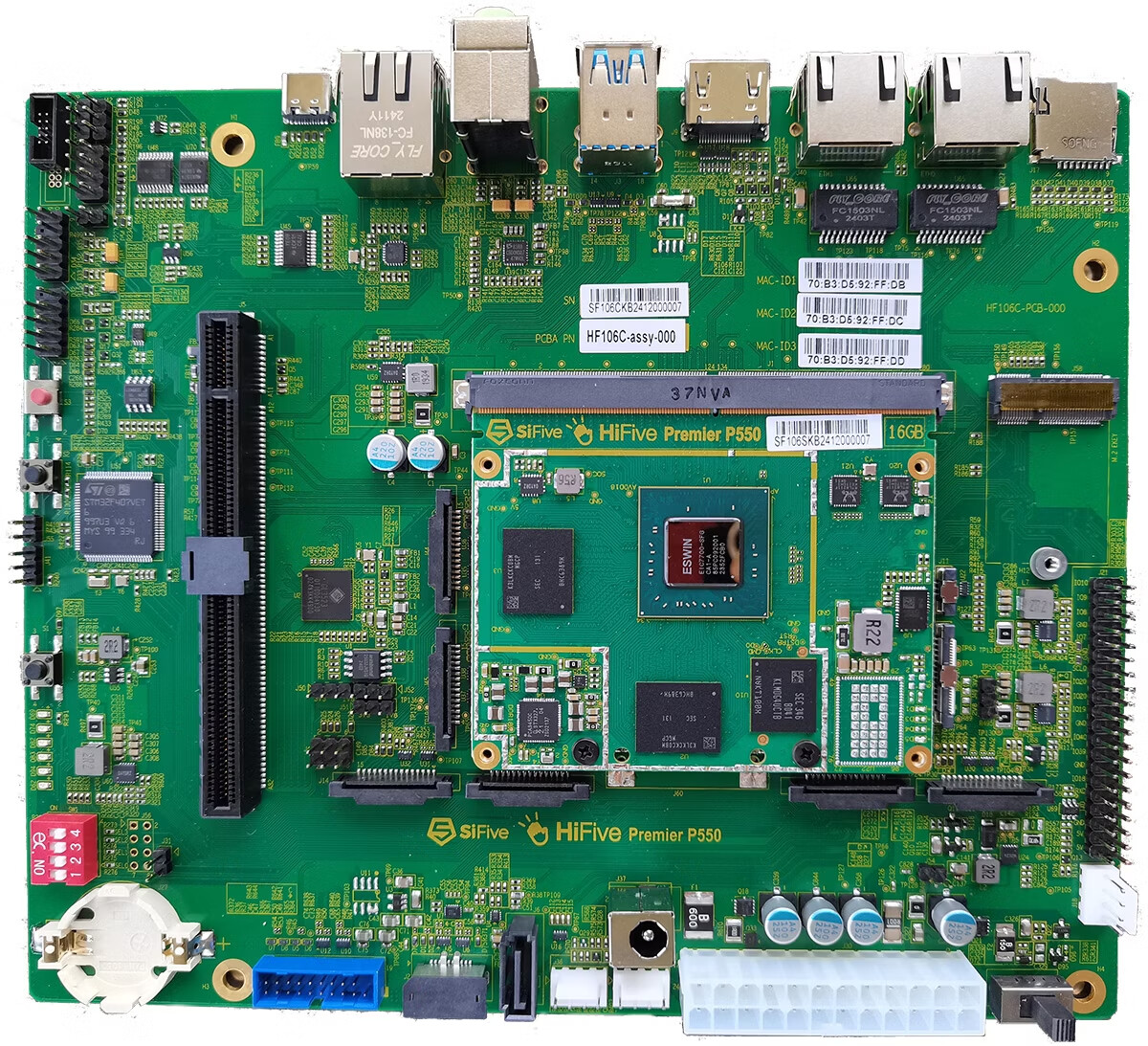erek
[H]F Junkie
- Joined
- Dec 19, 2005
- Messages
- 10,921
Interesting
“With this design, X-Silicon’s C-GPU architecture can potentially run any type of CPU or GPU workload. X-Silicon claims to already have the Vulkan graphics API working with "fused GPU acceleration." This should greatly help with its development and adoption on Android devices.
As the new design is based on RISC-V, anyone can utilize the architecture without having to pay instruction-set royalty fees — unlike x86 and ARM. If it works as intended, the chips could shake up the microprocessor industry. The standard designs currently used are, in theory, not as flexible or capable as what X-Silicon claims to have created.
Whether it all works as well in practice as it does on paper remains to be seen, though we might not have to wait long to find out. Software development kits will reportedly be released to early partners sometime this year.”
Source: https://www.tomshardware.com/pc-com...-run-cpu-gpu-and-npu-workloads-simultaneously
“With this design, X-Silicon’s C-GPU architecture can potentially run any type of CPU or GPU workload. X-Silicon claims to already have the Vulkan graphics API working with "fused GPU acceleration." This should greatly help with its development and adoption on Android devices.
As the new design is based on RISC-V, anyone can utilize the architecture without having to pay instruction-set royalty fees — unlike x86 and ARM. If it works as intended, the chips could shake up the microprocessor industry. The standard designs currently used are, in theory, not as flexible or capable as what X-Silicon claims to have created.
Whether it all works as well in practice as it does on paper remains to be seen, though we might not have to wait long to find out. Software development kits will reportedly be released to early partners sometime this year.”
Source: https://www.tomshardware.com/pc-com...-run-cpu-gpu-and-npu-workloads-simultaneously
![[H]ard|Forum](/styles/hardforum/xenforo/logo_dark.png)

